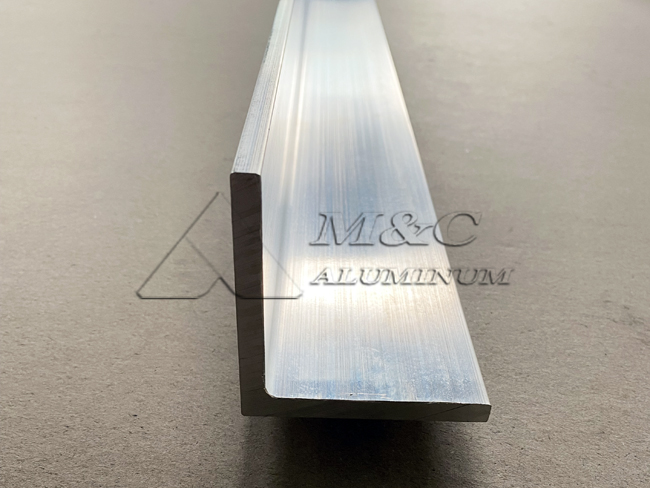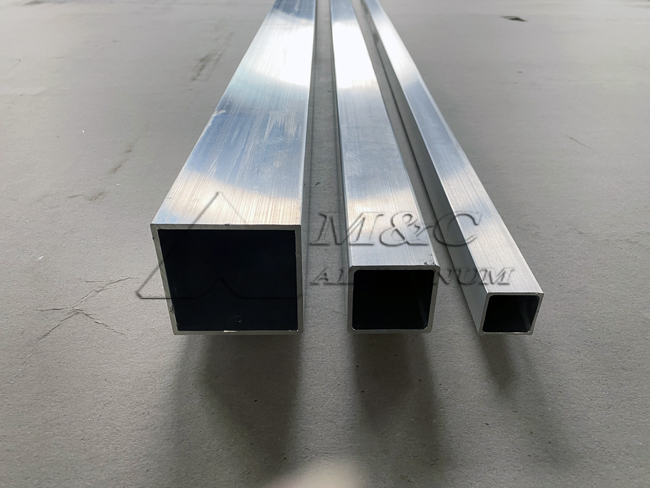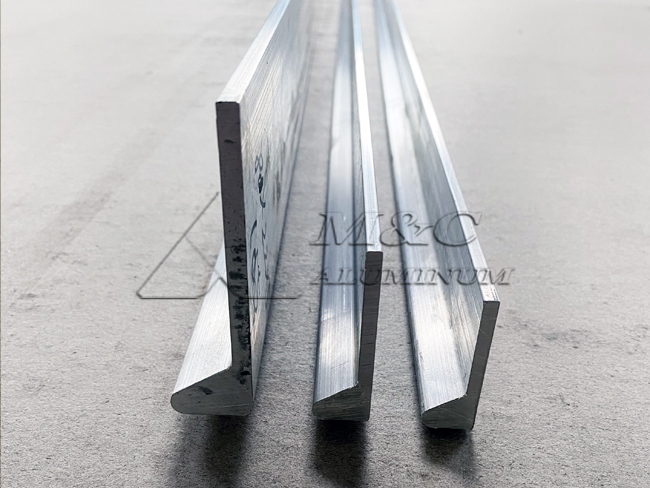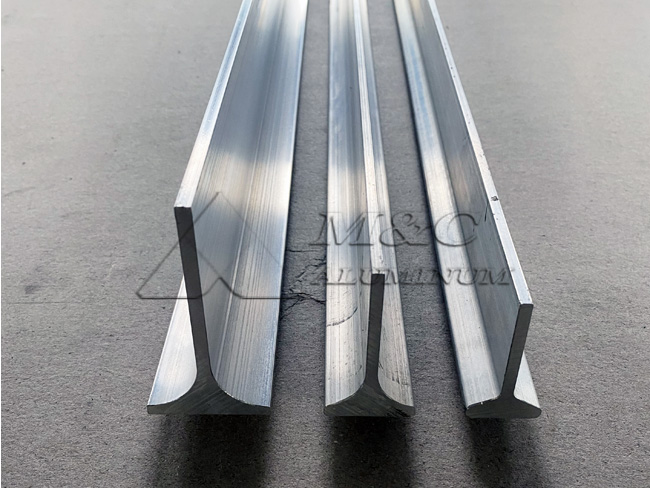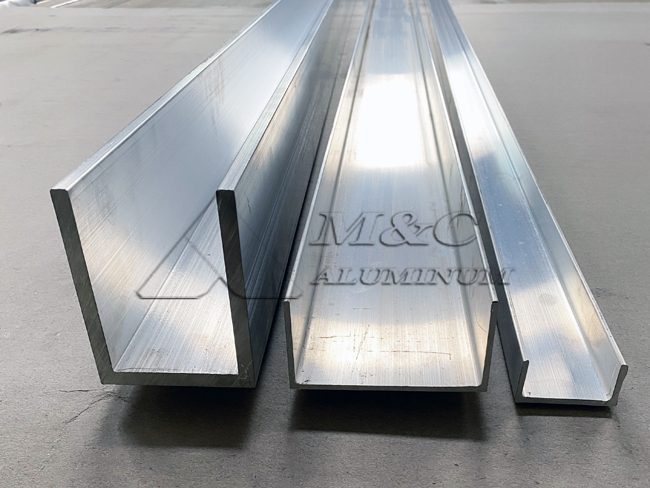Anodizing is an electrochemical treatment process that forms an oxide film on the surface of aluminum profiles to enhance their corrosion resistance, wear resistance and decorative properties. It is widely used in the field of shipbuilding and marine engineering and can meet the use requirements in harsh marine environments.
Anodized marine grade aluminum profiles usually use marine grade aluminum alloys such as 6082 aluminum alloy, 6063 aluminum alloy, 6061 aluminum alloy, and 5083 aluminum alloy. MC Aluminum Company currently has more than 500 sets of profile molds and more than 300 specifications of stock profiles, providing CCS, BVLR, ABS, DNV-GL and other certificates.
Aluminum profile specifications
| Alloy | 6061, 6063,6082, 5083, etc |
| Temper | T3-T8 |
| Thickness | 0.8-5.0 mm, customizable |
| Film | Conventional anodized film thickness 8~25μm, powder spraying 40~120μm, or customizable |
| Length | 3-6m, customizable |
| Color | silver, black, champagne, bronze, white, RAL color, gold, chrome, wood color, customizable. |
| Shape | square, round, I-shaped, I-shaped, etc. Customizable |
| Surface treatment | grinding, anodizing, powder coating, wood grain, chrome, brushed, etc. |
| Processing | drilling, milling, cutting, welding, bending, etc. |

Anodized extruded aluminum profiles have many advantages for ships
1. Excellent corrosion resistance: A dense and solid aluminum oxide film will form on the surface of aluminum after it comes into contact with air. Coupled with the treatment of anodizing technology, marine-grade aluminum profiles can maintain a very stable form in seawater, effectively resist the erosion of various elements in seawater, and extend the service life.
2. Good wear resistance: The anodized layer has excellent wear resistance and can protect the surface of the aluminum profile from mechanical wear and scratches.
3. Beautiful appearance: Anodizing technology can also make the surface of the aluminum profile present different colors, such as black, bronze, golden, etc., which increases the beauty and decorativeness of the product.
4. Lightweight: The density of aluminum is relatively low, which makes marine-grade aluminum profiles lightweight, which is conducive to reducing the mass of the ship and improving the speed and fuel economy.
5. High cost performance: Compared with traditional materials (such as stainless steel), aluminum has both performance and economy.
6. Good processing performance: Aluminum alloy is easy to process by extrusion, casting, welding, etc., which makes it convenient to manufacture marine components of various shapes and sizes.
7. Environmental protection and recyclability: Aluminum profiles can be 100% recycled, which meets the high environmental protection requirements of the shipbuilding industry.
Marine grade aluminum profile anodizing treatment
1. Purpose: To improve the corrosion resistance, wear resistance and decorativeness of aluminum.
2. Process: The aluminum is placed in an electrolyte solution to form a dense aluminum oxide film on its surface through electrolysis.
3. Process:
(1) Surface pretreatment: Degreasing, pickling, and cleaning to ensure that the surface is clean and free of dirt.
(2) Anodizing: The aluminum profile is immersed in an electrolyte (such as sulfuric acid solution) and a dense oxide film is formed on the surface through electric current.
(3) Coloring and sealing: Coloring treatment is carried out according to needs to give the material a decorative appearance; sealing treatment enhances the corrosion resistance and wear resistance of the oxide film.
4. Advantages:
(1) Improve corrosion resistance: The anodized film can protect the aluminum substrate from being corroded by corrosive media.
(2) Improve wear resistance: The anodized film has a certain hardness and can resist wear and scratches.
(3) Enhance decorativeness: The anodized film can be colored to obtain a variety of bright colors and patterns.
(4) Extend life: The anti-corrosion performance extends the service life of ships and marine equipment.
Application areas
1. Large surface ships: such as superstructures, all-aluminum ocean research ships, ocean-going merchant ships and passenger ships.
2. High-speed passenger ships and military speedboats: such as hydrofoils, hovercraft, passenger ferries, catamarans, transportation boats, landing craft, etc.
3. Pumps, pistons, outfitting parts and rainwater mine shells and other parts: These parts require materials with good corrosion resistance and weldability, and cast aluminum alloys are the ideal choice.

